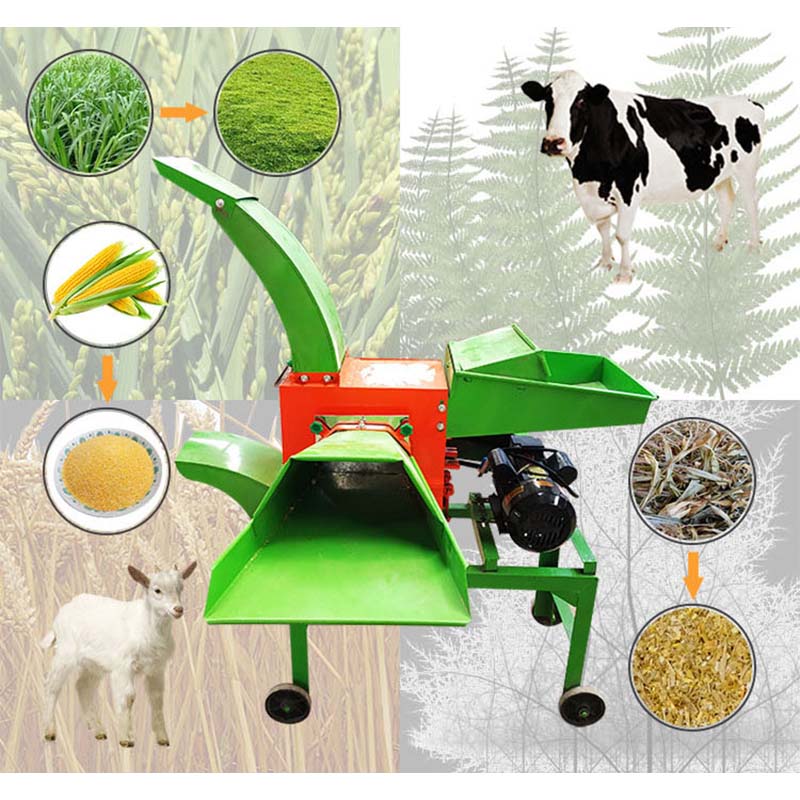poultry feed pellet making machine
ធ្នូ . 19, 2024 15:19 Back to list
poultry feed pellet making machine
Poultry Feed Pellet Making Machine Enhancing Livestock Productivity
In the ever-evolving agricultural landscape, the importance of high-quality livestock feed cannot be overstated. With the increasing demand for poultry products worldwide, the need for efficient and effective poultry feed production is critical. This is where the poultry feed pellet making machine comes into play, revolutionizing the way we approach animal nutrition.
Understanding Poultry Feed Pellet Making Machines
A poultry feed pellet making machine is specifically designed to convert raw materials into pelletized forms of animal feed. These machines utilize various components—such as a pellet mill, conditioning system, and feeder—to produce high-quality pellets tailored to the nutritional needs of poultry. The process typically involves grinding, mixing, conditioning, and finally pelleting the feed ingredients.
Advantages of Pelletizing Poultry Feed
1. Nutritional Efficiency One of the main benefits of using a pellet making machine is that it enhances the nutritional value of feed. During the pelleting process, heat and moisture are applied. This not only kills harmful bacteria and pathogens but also improves the digestibility of the feed, ensuring poultry can absorb the nutrients effectively.
2. Reduced Feed Wastage Feed in pellet form is less prone to wastage compared to loose feed. The compact shape and size of pellets make them easier for poultry to consume, minimizing spillage and ensuring that birds receive the intended nutritional intake.
3. Improved Feed Conversion Ratio (FCR) Feed conversion ratio is a crucial factor in poultry farming, determining how efficiently animals convert feed into body mass. Pelletized feed helps in achieving a better FCR, ultimately leading to more cost-effective production.
4. Convenience in Storage and Transportation Pellets are easier to store and transport compared to bulk feed. Their compact nature allows for efficient use of storage space, making them an ideal choice for poultry farmers who need to manage resources effectively.
5. Customization of Feed Poultry feed pellet making machines are incredibly versatile. They can accommodate various raw materials—corn, soybean meal, vitamins, and minerals—allowing farmers to formulate balanced diets based on the specific requirements of different poultry breeds and their growth stages.
poultry feed pellet making machine

Machine Types and Features
Poultry feed pellet making machines come in various types and scales, catering to both small-scale and large-scale operations. Common types include
- Flat Die Pellet Mills Often suited for small-scale operations, these mills utilize a flat die structure to press feed through holes, forming pellets as they are cut to size.
- Ring Die Pellet Mills These are preferred for larger operations due to their capacity and efficiency. The ring die structure allows for continuous production, making them ideal for high-volume feed milling.
Advanced models incorporate features like automatic feeding systems, digital control panels, and built-in cooling systems. These enhancements improve the overall efficiency, reduce labor costs, and ensure consistent quality in pellet production.
The Future of Poultry Feed Production
As the poultry industry continues to grow, technological advancements in feed production are becoming more prominent. The integration of automation, data analytics, and sustainable practices into poultry feed pellet making processes promises to further enhance efficiency and productivity.
Sustainability is becoming a crucial focus, pushing manufacturers to develop machines that are energy-efficient and capable of utilizing alternative raw materials. This not only benefits the environment but also addresses the rising costs of conventional feed ingredients.
Conclusion
The poultry feed pellet making machine stands as a vital tool in enhancing livestock productivity and efficiency. With its ability to produce high-quality, nutrient-rich feed while minimizing waste, it offers a competitive edge to poultry farmers. As the industry continues to innovate and adapt to changing demands, these machines will play a key role in ensuring that the world’s appetite for poultry products is met sustainably and efficiently. By embracing technology and optimizing feed production, we can secure a brighter future for both poultry farmers and the agricultural sector as a whole.
-
High Performance Exhaust Fan – Efficient Ventilation Solutions for Home
NewsJun.10,2025
-
High-Quality Gestation Pen for Sows Durable Mobile Pig Pen & Simple Pig Pen Solutions
NewsJun.10,2025
-
High Quality Rabbit Cage Double Tier Designs & Welded Wire Mesh Supplier
NewsJun.10,2025
-
Floating Fish Feed Machine - High Efficiency Floating Fish Feed Extruder for Small Scale Production
NewsJun.10,2025
-
Premium Poultry Housing Solutions Mobile & Commercial Free Range Options
NewsJun.10,2025
-
Industrial FRP Fans Corrosion-Resistant Blades & Centrifugal Systems
NewsJun.09,2025






